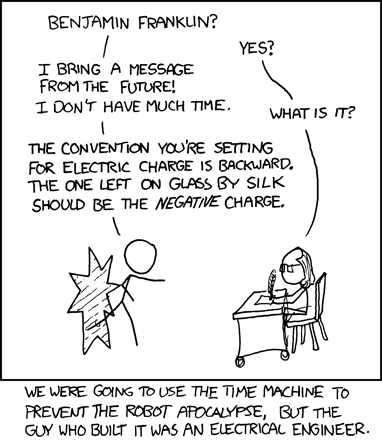I would like to spec in 6/2 or similar from the panel to my CC (why not cable is cheap), the length of the run is going to be maybe 20' ? Might wind up soldering and shrink wrap connection to the existing 12/2 MC4 connections instead of a breakout to a box.
I have been looking at UF-B, THHN UV wire but wondering if someone can point me to a proper cable that will hold up well on the roof of the RV ?
cheers,
Dave
I have been looking at UF-B, THHN UV wire but wondering if someone can point me to a proper cable that will hold up well on the roof of the RV ?
cheers,
Dave

Comment